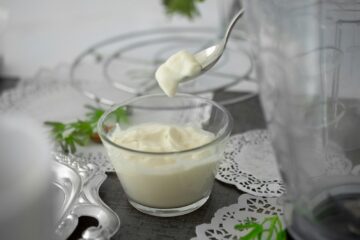On our farm in central Pennsylvania, we get to experience the full swing of seasonal changes. We watch the spring rain turn our pastures green and experience the lush growth of summer grass. We enjoy the cooler breezes of autumn as the ridge behind our farm turns shades of red, and then observe the ground freeze as winter arrives.
Just as the land we live and work on follows these cycles, we attempt to organize our dairy to match. As new grass blades peak out of the earth, our cows are giving birth to their babies. When the cows are producing the most milk after calving, our summer pastures are providing plenty of grass for them to eat. As the growing season wanes, we begin purchasing grass hay for the winter and the cows’ milk production slows. As winter arrives, snowflakes begin falling, temperatures are dropping, and Clover Creek begins to freezing over. Of course, this also means that the water lines are often frozen when we go out to milk. During the winter months, we only milk a few cows, just enough to supply our raw milk customers with milk. The rest get to enjoy a long break until March.
At the end of each January, we take a break from milking. We give our cows a vacation before they have their babies – what we farmers call calving – in March each year. January and February are the time for us to take a rest before we start the busy season. This is our time to plan for our year ahead. What farmer markets do we plan on attending? What new cheese recipes should we try? What changes and fixes do we need to perform to our creamery before we start making cheese again? While we plan out our year, our cows enjoy lots of grass hay to eat. They have a warm barn to sleep in when it is cold, and snow to play in when it isn’t icy out.


